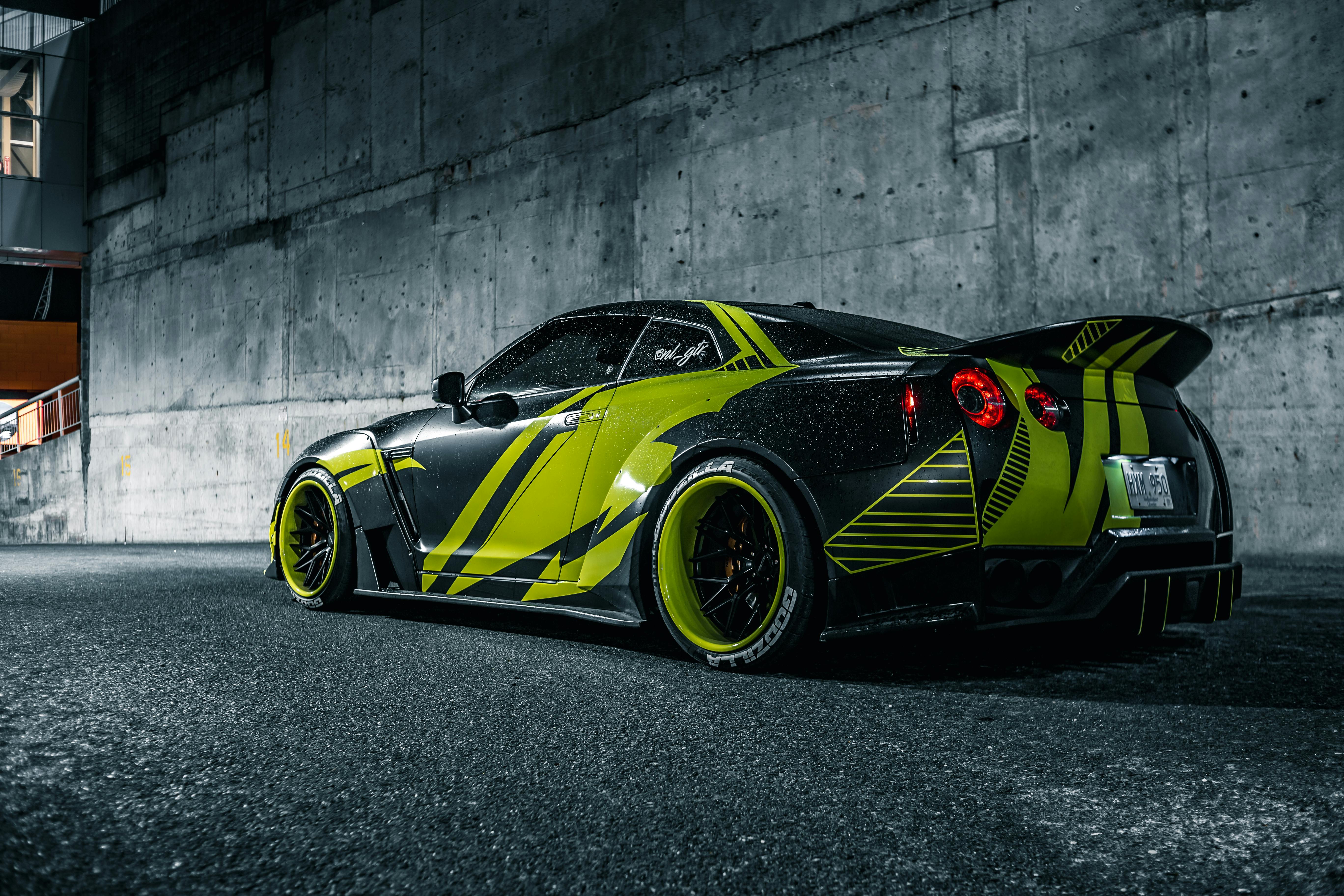Chinese Lion Dance Facts and Information
In China, a lion is considered a guardian creature. The Chinese use these powerful beasts for protection and to ward off harmful and evil spirits. The lion dance is the most popular folk dance in China. Without going through the Kai Guang ceremony, a new lion should not be used in the lion dance tradition. Kai Guang or Dian Jing means tapping or opening the eyes. This is a ceremony where a special chosen person is assigned to splash the eyes of the lion. This ceremony is performed to give life and tame the new lion.
Chinese shops often have a Buddhist, Taoist, or ancestral altar or shrine. In front of this altar, the new lion is placed. The drum, cymbals and gong are played steadily and softly in the background. The designated person will sprinkle the eyes with cinnabar. In this practice, some schools also use the blood of a live rooster. The first thing we will score is the mirror of the front part of the lion’s head and followed by the eyes, the mouth, the ears and the rest of the lion. After this, the lion’s senses are said to be ‘awakened’.
The lion slowly wakes up, his eyes moving and blinking. Then the ears blink, the mouth opens and the body moves. When the lion is brought to life, the gong, cymbals and drum grow louder and firecrackers are set off outside the restaurant or shop. The new lion will usually always start with three bows; left, right and then center. The lion will face the altar and bow three times, then continue with the traditional lion dance routine.
Originating in China a thousand years ago, the lion dance is classified into two main styles, southern and northern. The lion of the north is usually red, yellow and orange in color, furry in appearance, with a golden head and is used as entertainment for the imperial court, while the dance of the south is usually performed as a special ceremony to exorcise evil spirits, as well as to invoke luck. gold fortune Southern lions are available in a wide variety of colors and often have a distinctive head and large eyes, with a bagua-like mirror on their forehead.
